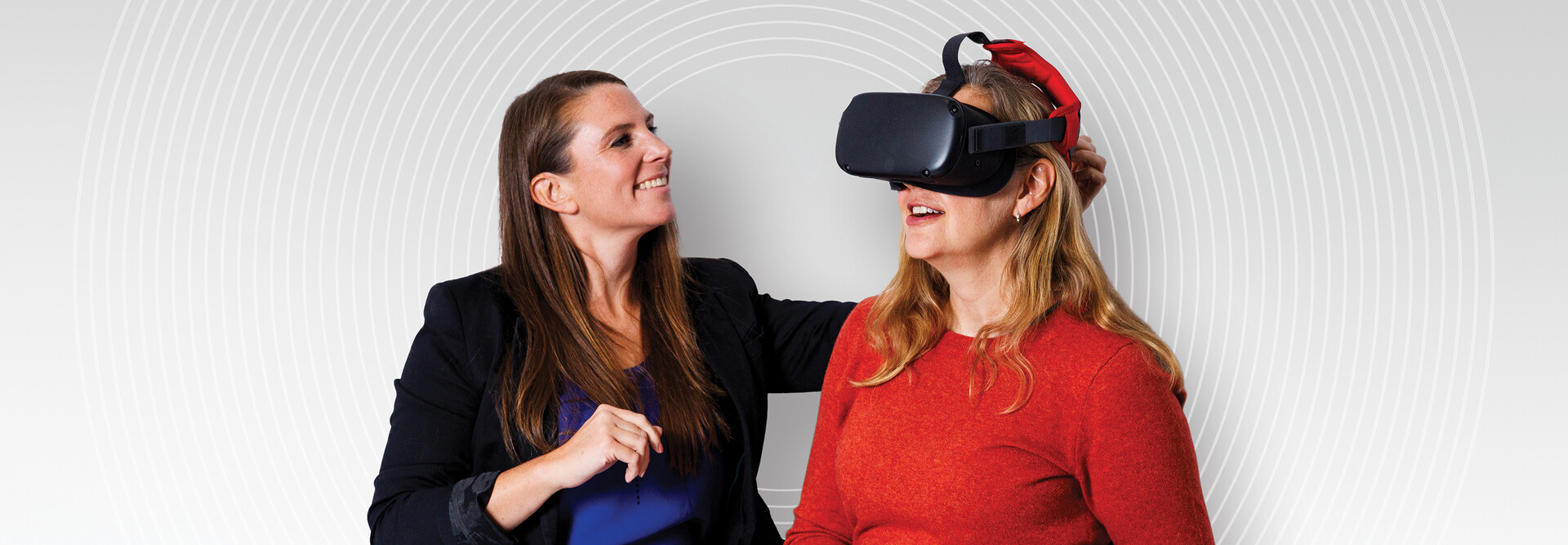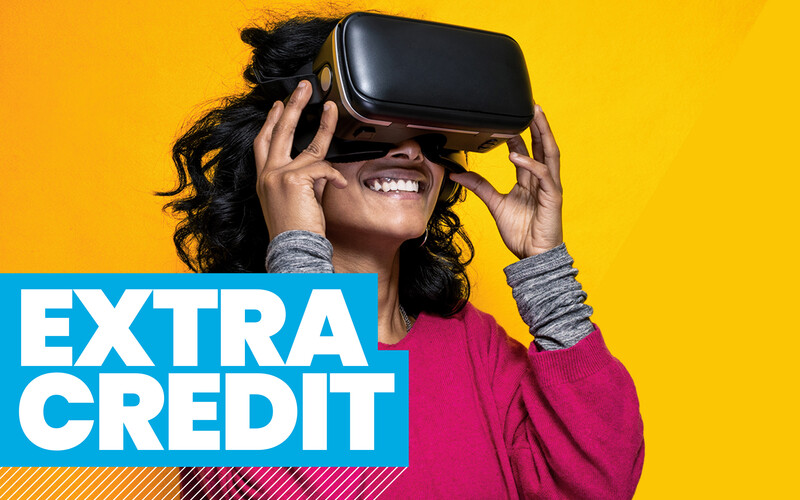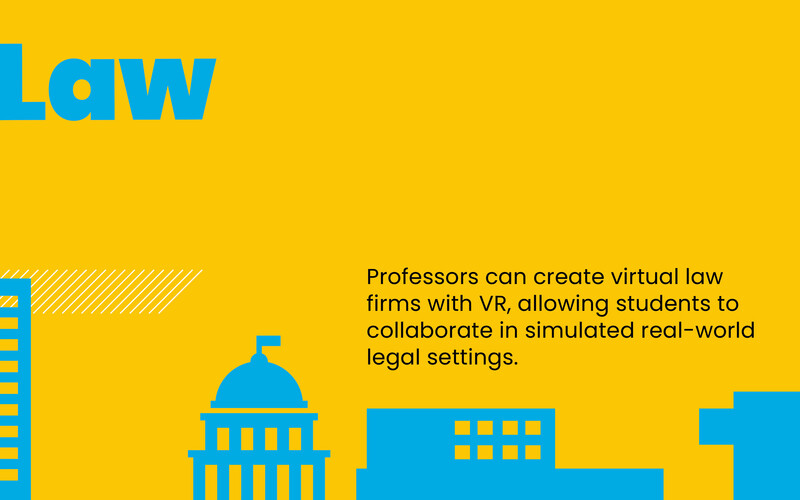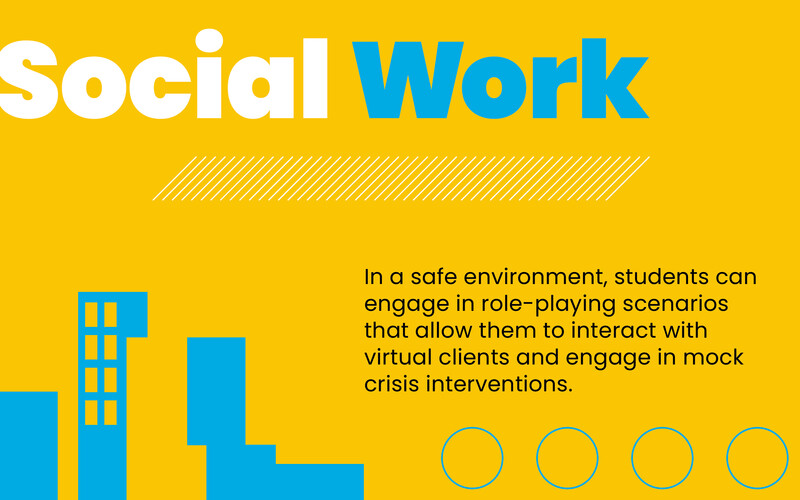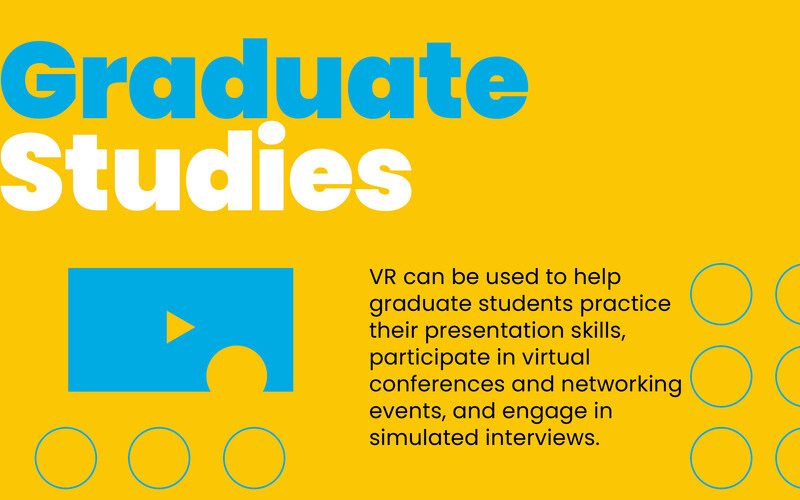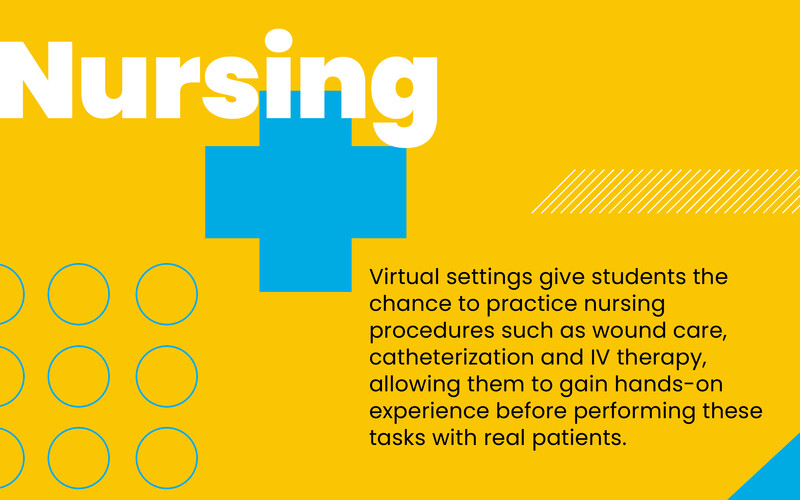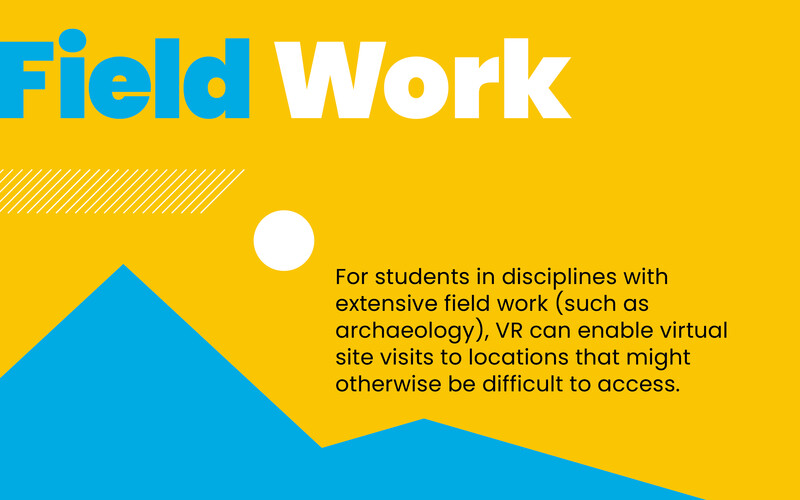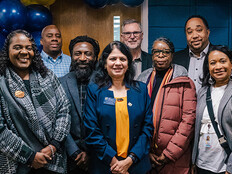Northeastern University Innovates with VR in Academic Settings
Leanne Chukoskie, an associate professor at Northeastern University and director of the school’s ReGame-XR Lab, says that VR provides an environment in which researchers can precisely control and measure variables that are nearly impossible to quantify in the real world.
In her own work, for instance, Chukoskie has used VR applications to analyze social interactions. “I can measure your hand, trunk and head movements, as well as your eye movements, in response to stimuli that are very precisely defined in the space,” Chukoskie says. “We have two people playing a game together, and we can look at how they move with respect to each other and to elements in that game.”
Chukoskie says there is a “lot of power” in the technology, and she notes that researchers are increasingly using VR headsets and applications to support their work in fields other than computing.
RELATED: What’s the difference between virtual reality, augmented reality and mixed reality?
Eileen McGivney, an assistant professor at Northeastern, has studied VR for education among K–12 students and prison populations, often leaning on commercially available headsets such as the Quest 2. Although the commercial sector has pursued highly scalable applications, including social VR and virtual meetings, McGivney sees more utility in niche use cases, such as virtual field trips or replicating hands-on medical education. Because academic institutions don’t face pressure to generate profits, she says, they are uniquely positioned to both develop and validate these sorts of applications.
“I actually think that the academic sector is in some ways being a lot more innovative,” McGivney says. “We are starting from the position of what it is you’re trying to accomplish, not what is going to make the most money for a company. I see faculty all over Northeastern who are thinking about how something like virtual reality helps address their work. You see much more interesting applications versus on the commercial side, where I think VR really still comes down to a gaming device.”
Even as the technology evolves, McGivney sees VR being used in college classrooms occasionally rather than every day — more akin to an instructor showing a video a couple of times per semester than to using an overhead projector for all lecture slides, she says. Still, she notes, these use cases can open up new worlds for students.
“You can do things that you can’t do in real life,” she says. “That helps students see themselves differently, because it gives them the kind of experiential learning that can be really transformative.”



